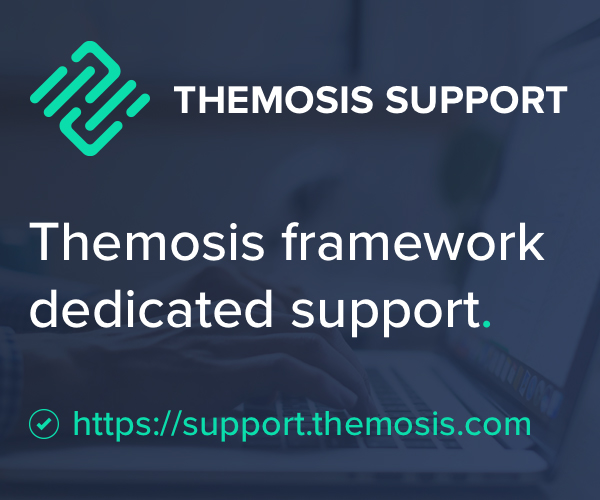
Bringing the 2.0 version of the Themosis framework was definetaly a huge task. This major release comes with lots of improvements and a trully welcomed compatibility with the Laravel framework packages. There are still room for improvements but I can definitaly be proud of the work done.
The Themosis framework 2.0 is really pushing the limits and offers huge oppotunities for developers to build amazing websites and applications with WordPress. Browsing the web, I personnally collected several websites and would love to share them with you, more on that later 😉.
During those past months, the framework also received 4 minor releases fixing several issues and bringing some tiny new features as well. From new console commands, to fine tuning the new field API, new Blade directives to help you render your forms, documented facades to help your IDE auto-completion, package auto-discovery and a new view mecanism to load them in priority, providing fine-tuning support for child themes.
All those changes are not the work of a single person. It all happened thanks to you, our little but growing community. 👏
Remember the survey
In march 2019, I published the first survey regarding the Themosis framework. Do you remember ?
Well, now it’s time to provide the results, so let’s dive in first before rolling up our sleeves and dig into what’s coming up next with the Themosis framework !
Developer profile
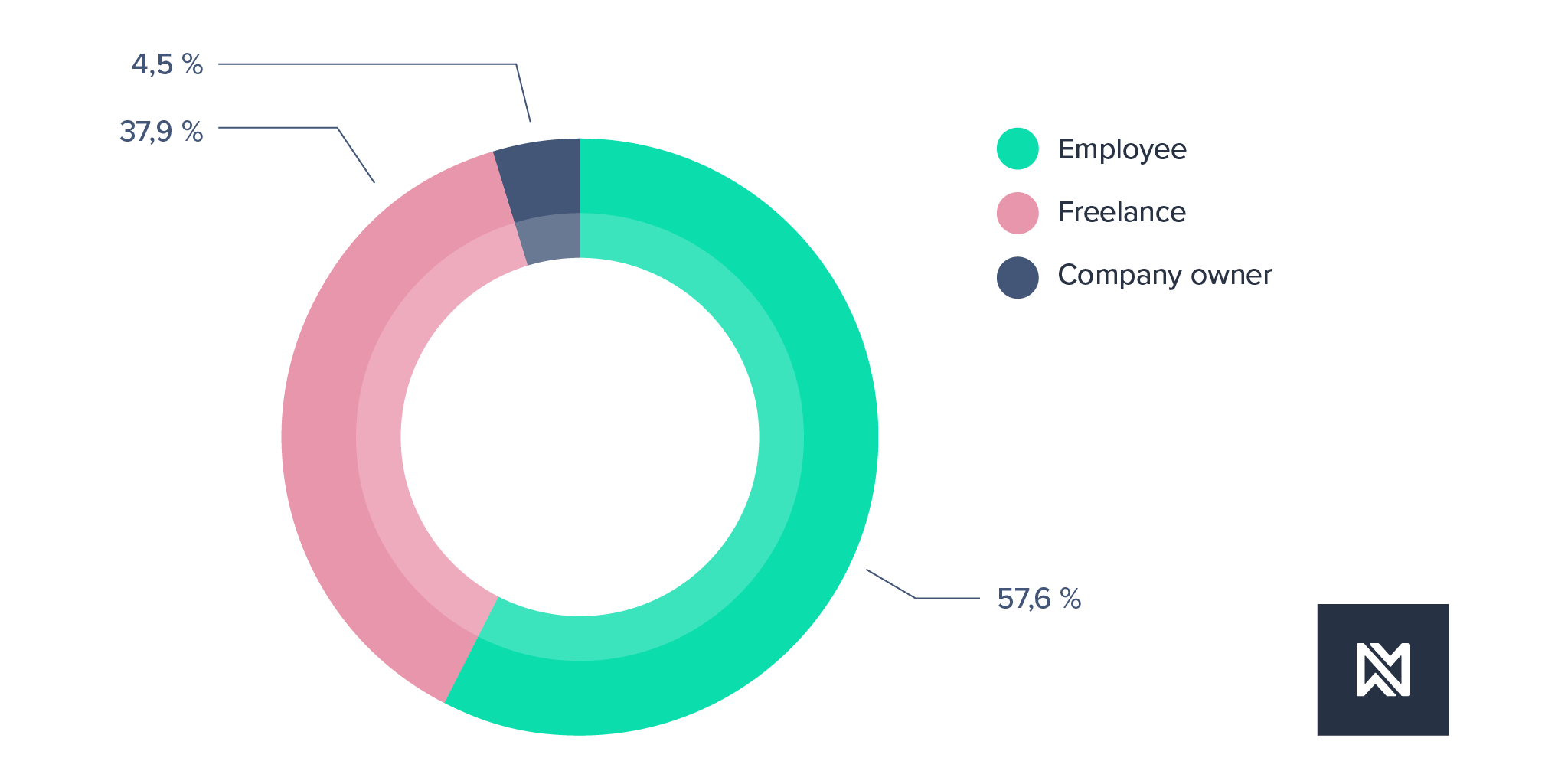
A little over a half of you are working for an agency while 37,9% of respondents are freelancers and the last 4,5 % are company owners.
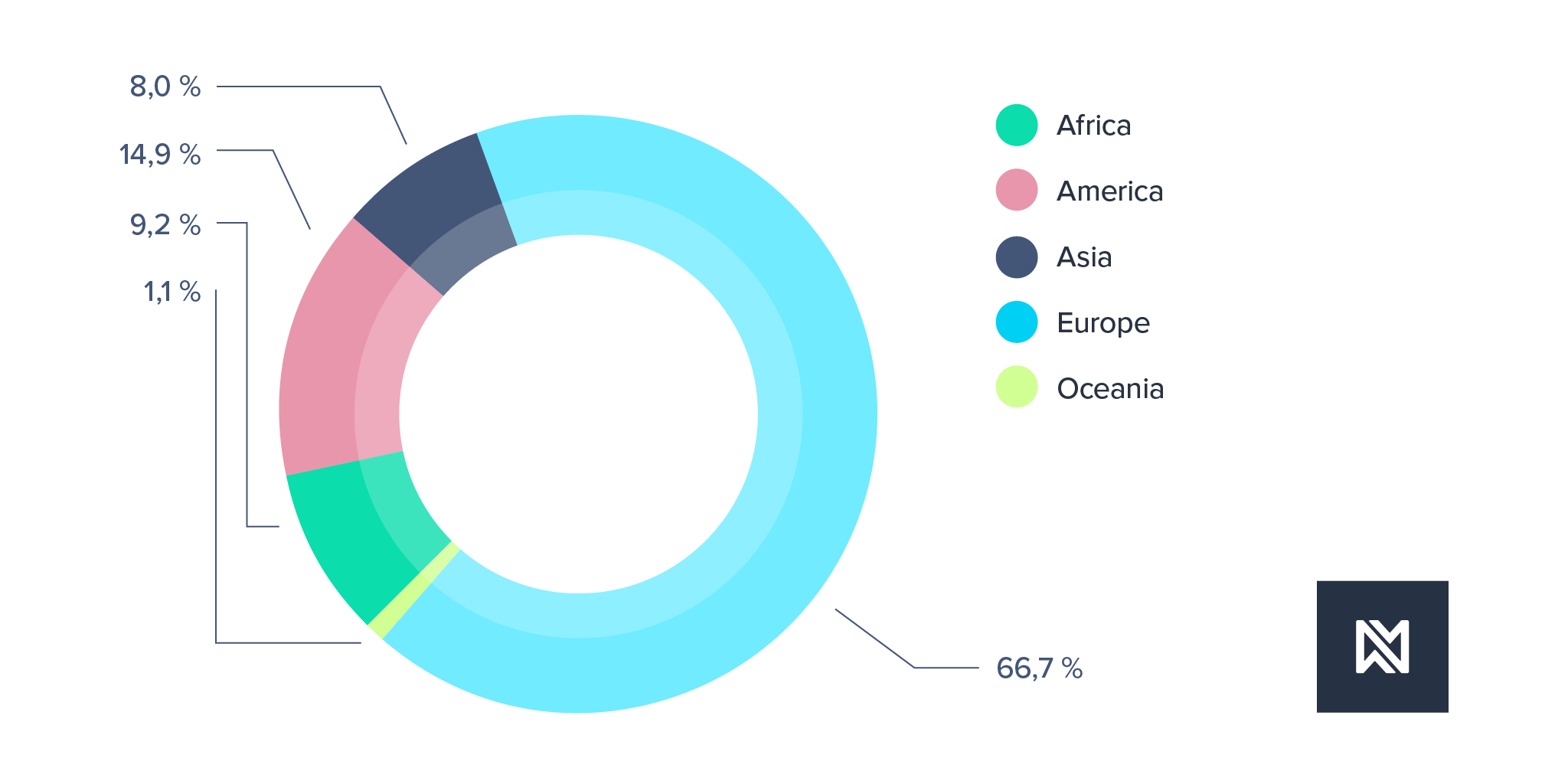
Of the respondents, 66,7% are from Europe, then comes America with 14,9%, Africa with 9,2%, Asia with 8,0% and finally Oceania with 1,1%. It sounds that most of the Themosis framework users are located in the same timezone as us 🤓.
Development experience
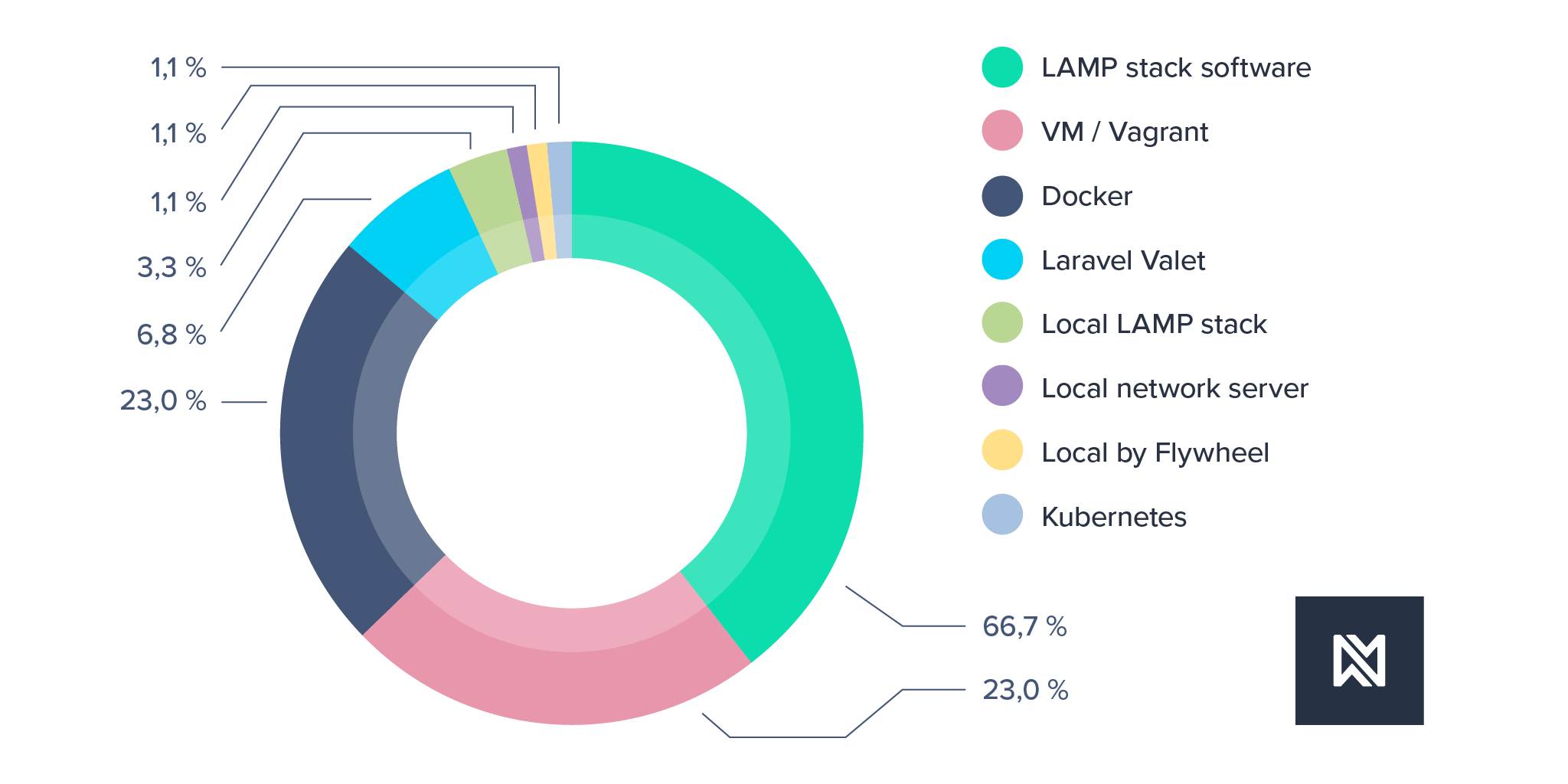
A majority of respondents is still depending on LAMP stack softwares for their project development. Those softwares includes for example Xamp, Wamp and Mamp. Virtual machines and Docker are both used with a result of 23,0%, while some developers, 1,1%, are already leveraging Kubernetes. 6,8% of respondents are using Laravel Valet, while the rest is split between local LAMP configuration on host machine (Ubuntu, …) with 3,3%, a local network development server and Local by Flywheel with 1,1% each.
Developers working with Laravel Valet, I would gladly like to have some feedback on your driver. We could then provide an official Themosis framework driver configuration for all mac users.
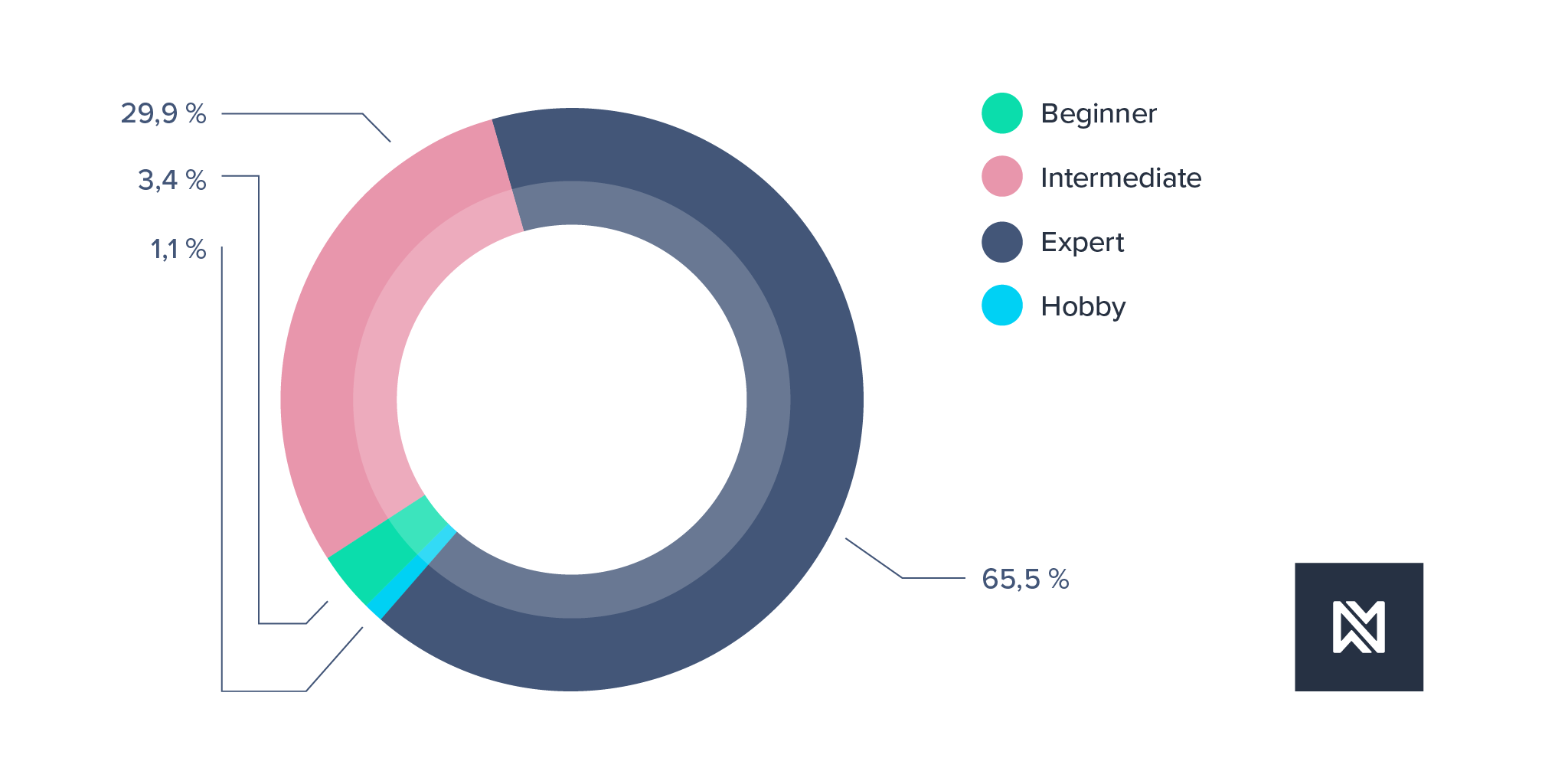
A majority of respondents with 65,5% master the WordPress APIs and I assume that they also dig into its source code regularly. The intermediate level group, with 29,9%, know WordPress and can easily navigate through its interface. And finally, 3,4% are beginners and 1,1% are using or learning WordPress as hobby.
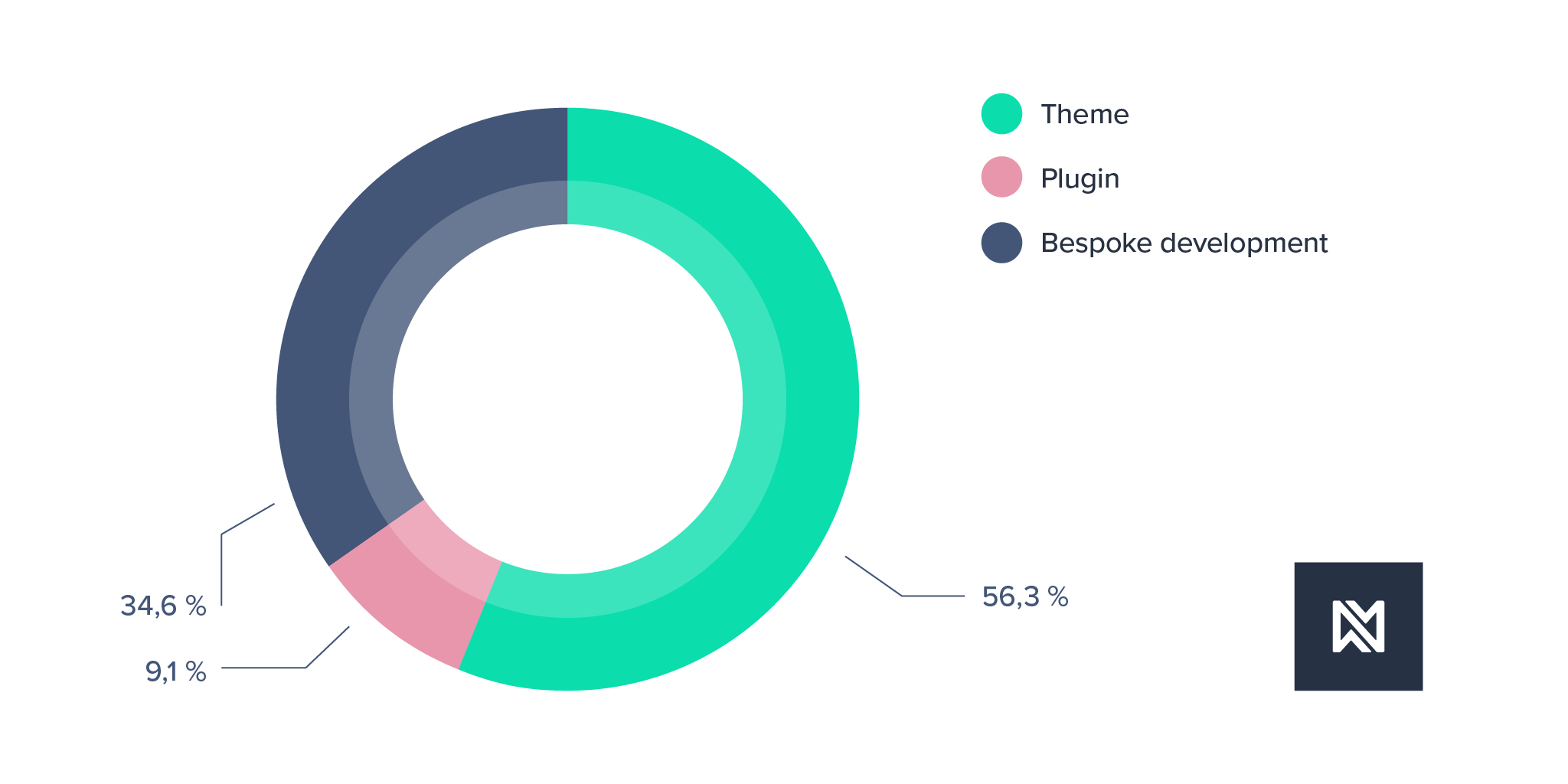
Custom theme development, with 56,3% of respondents. Plugin development with 9,1% and complete custom application with 34,6%. I suspect that custom development may include both theme and plugin development.
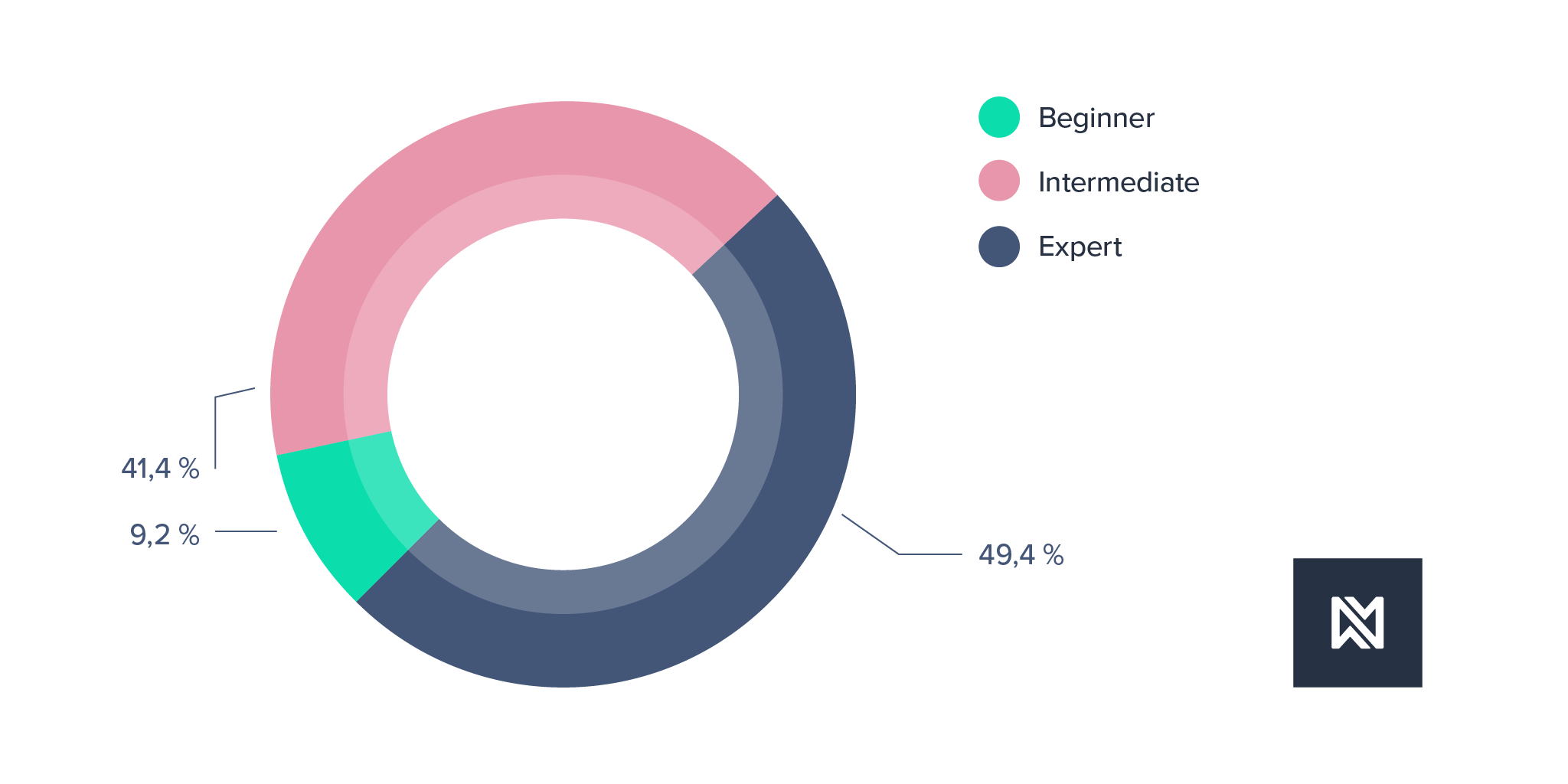
A little less than the half, with 49,4%, are expert in OOP. I assume they can juggle with the design patterns in PHP and avoid procedural code at all cost. The other half of respondents is split with an intermediate level, for 41,4% and a beginner level for 9,2%.
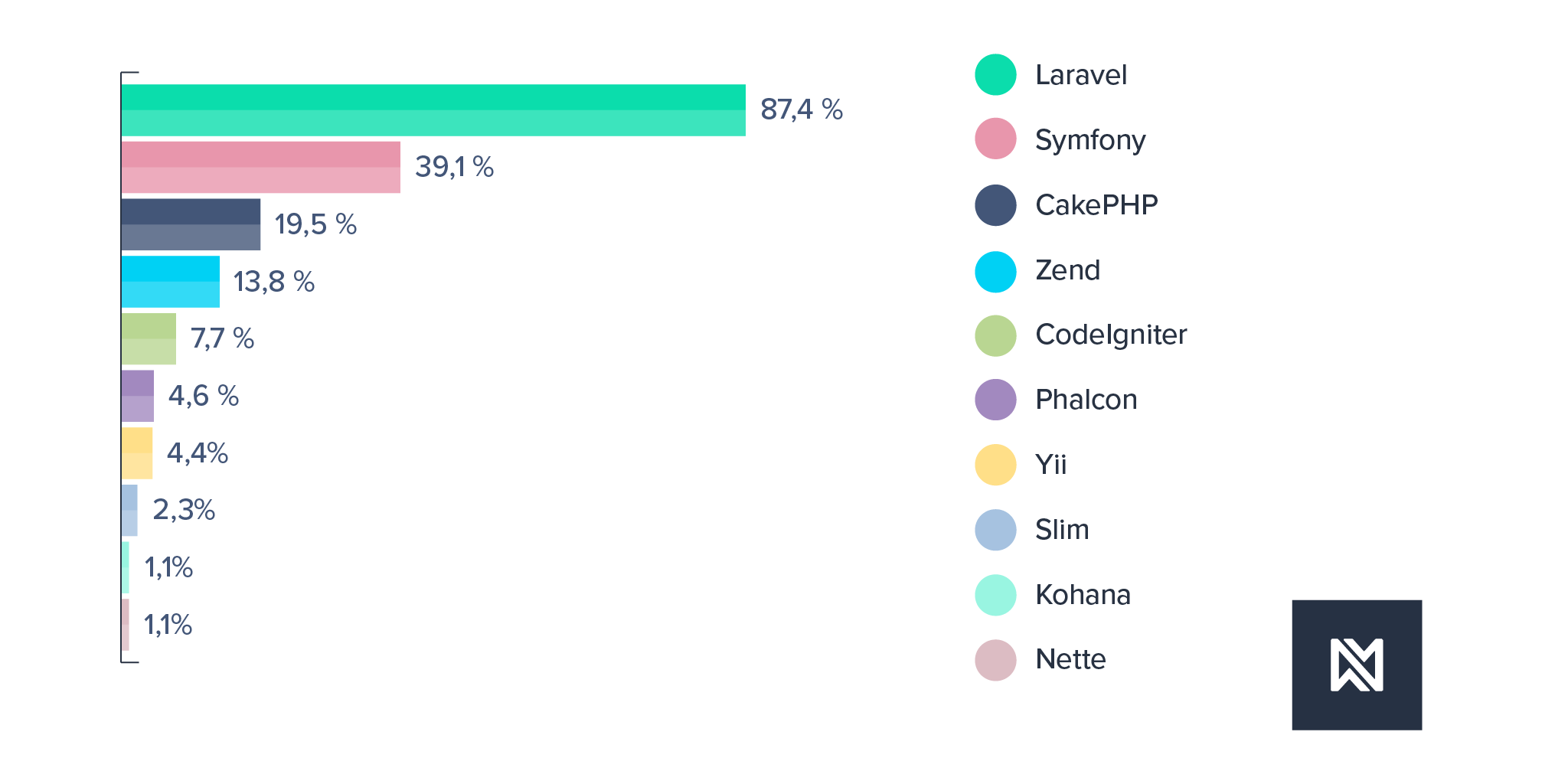
You could select multiple answers here but the Laravel framework is taking the 1st place with 87,4% of respondents having experience working with it. Now it’s no longer a surprise why the Themosis framework tries to be Laravel compatible. Followed by Symfony, CakePHP, Zend, CodeIgniter, Phalcon, Yii, Slim, Kohana and Nette frameworks.
Themosis development
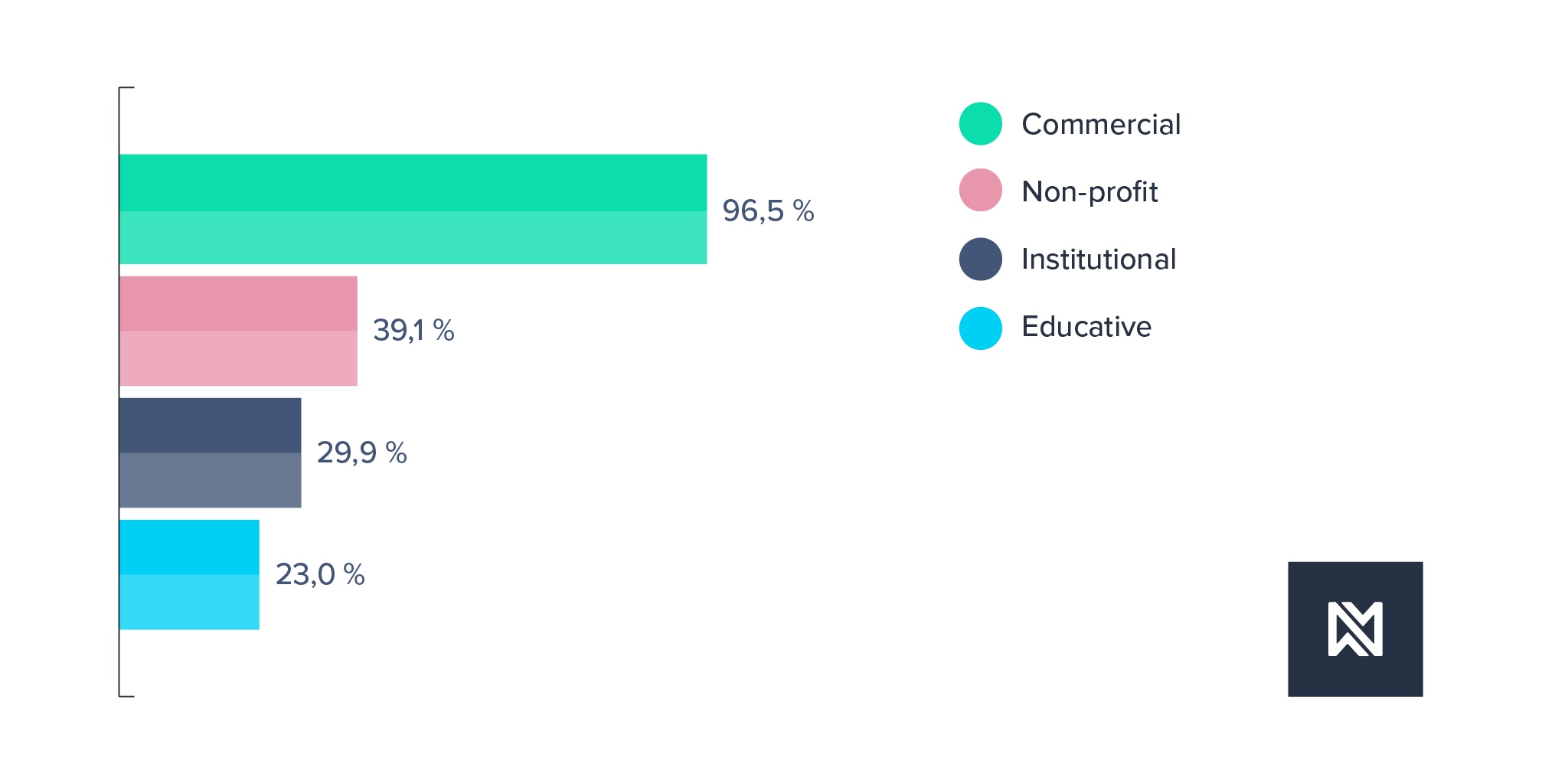
Most projects are commercial with a percentage of 96,5%. Non-profit applications take the second spot with 39,1%, institutional websites the third one with 29,9% and finally educative projects with 23%.
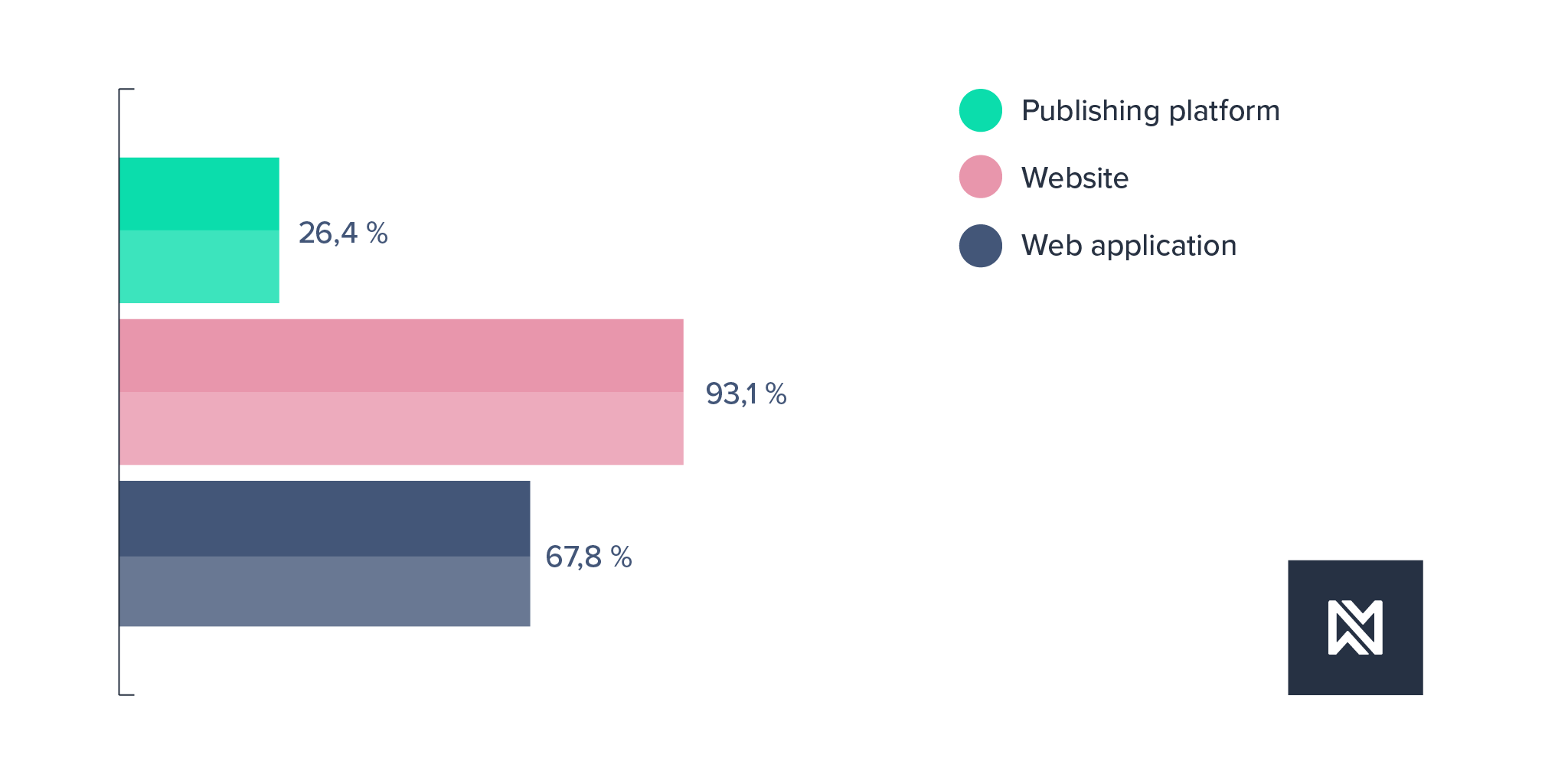
Websites, and I personnally also include e-commerce websites in this category (but respondents might correct me), take for 93,1%, web application for 67,8% and finally publishing platform for 26,4%.
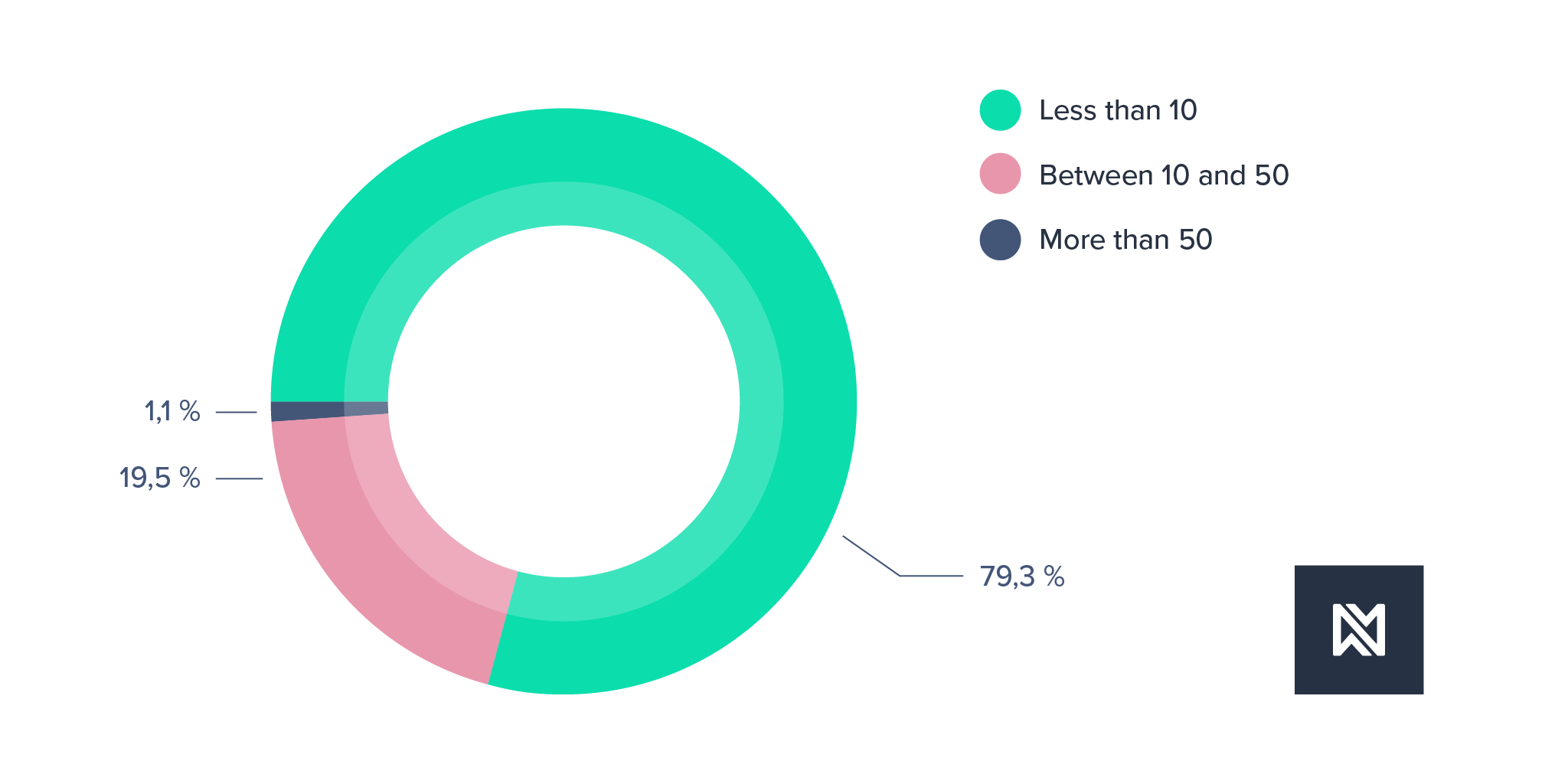
Most of respondents have built less than 10 projects with the Themosis framework, 19,5% between 10 and 50 and 1,1% have more than 50. And I promise it’s not me who filled this one 😀.
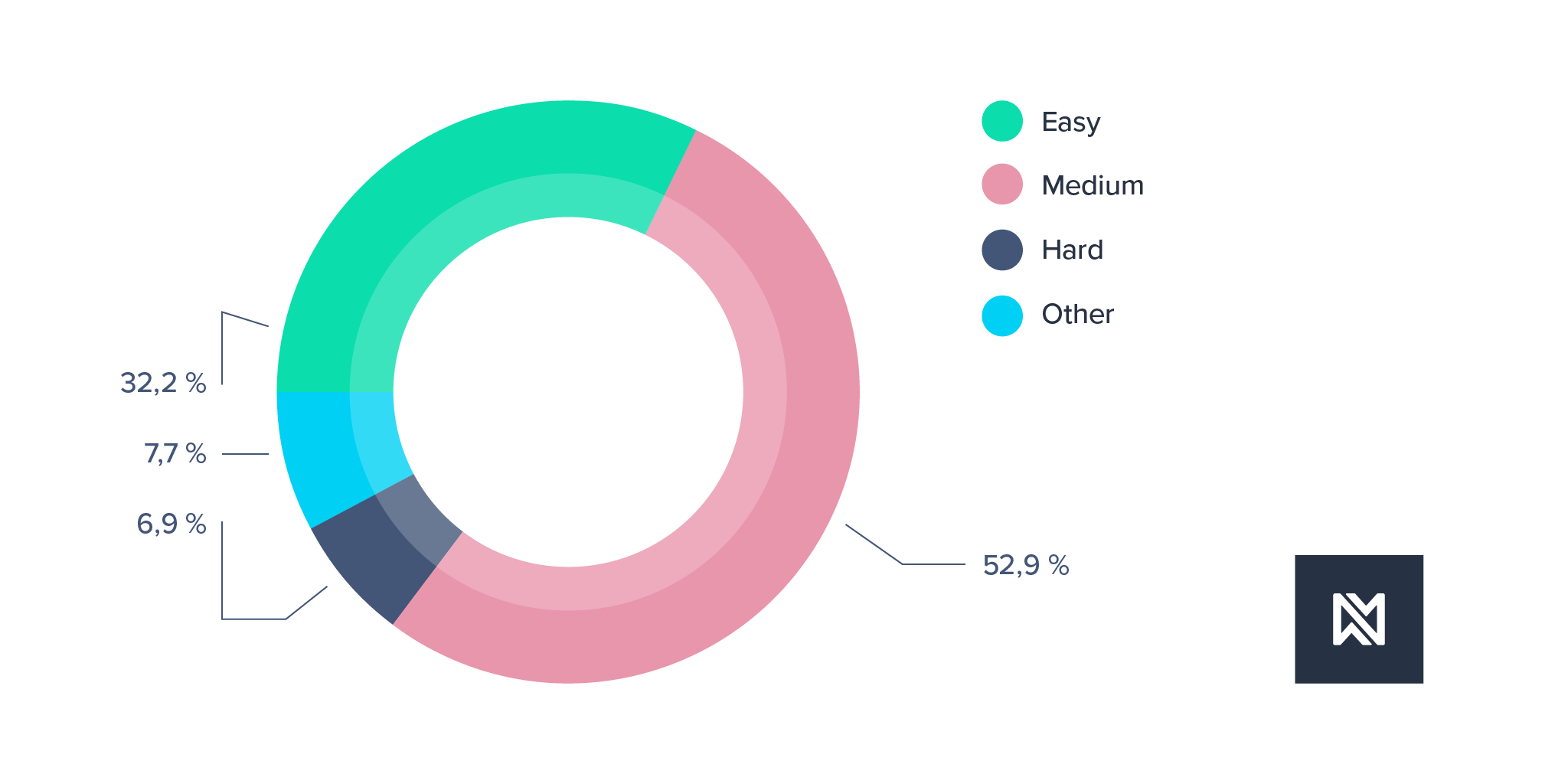
A little more than the half, with 52,9%, find the learning curve “medium”, 32,2% find it “easy”, 6,9% find it “hard” while the “other” is split between answers like “Haven’t tried it yet, but I really wanna do in a future project”, “Easy for me but I can see it being difficult for others”, “Have not tried yet. Seems promising”, “Haven’t used”, “Minimal experience”, “I am new to Themosis” and “No opinion”.
Services
The next chart shows the results regarding which paid services developers are willing to pay.
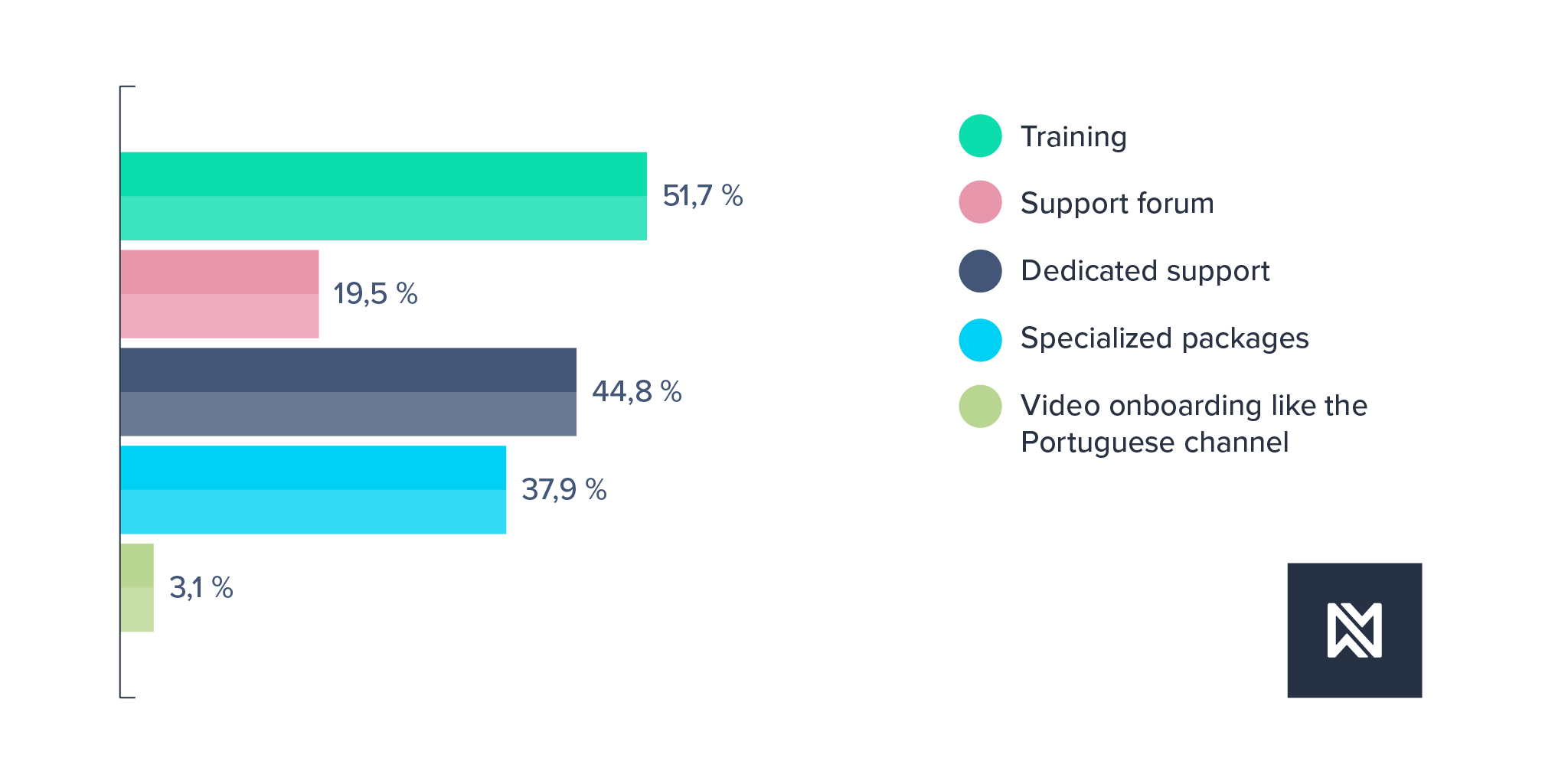
Most of respondents are clearly asking for training with 51,7%, then followed by a dedicated support service with 44,8%, specialized packages with 37,9% and finally a support forum with 19,5%. Special mention for the “Video onboarding like the Portuguese channel” 😀. For the record, I had the chance to talk with the author of the channel, a really nice guy and he might show up at some point…who knows 🤷🏻♂️ By the way, he’s Brazilian 🤓
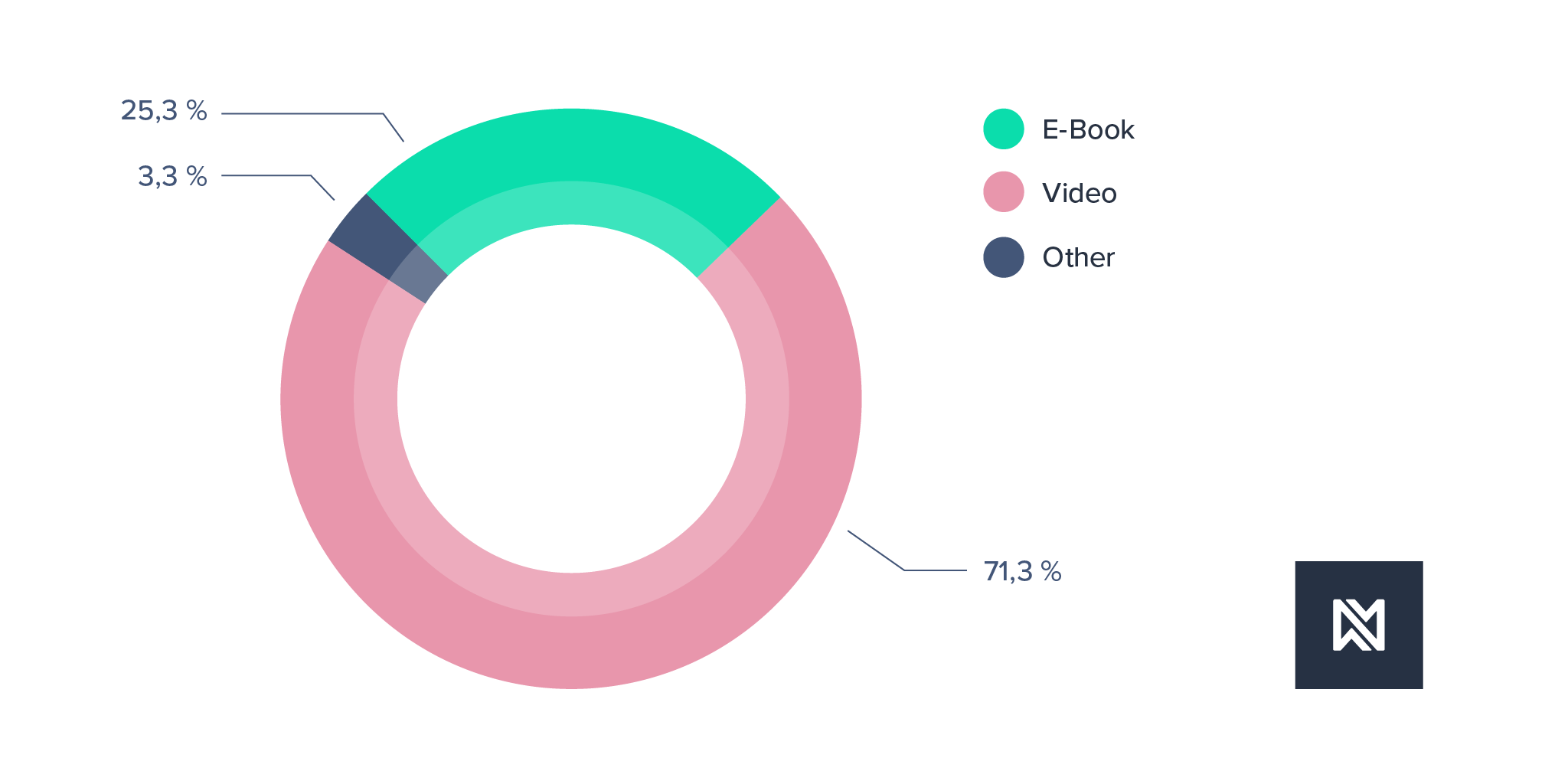
A clear majority of respondents would prefer video tutorials with 71,3%, an e-book format with 25,3%. Other is split between “Documentation should be enough”, “Articles” and “Combined e-book, video and code sample”.
And now, what’s next ?
Themosis framework 2.1
Now I’m going to focus on the development of the version 2.1 of the Themosis framework. There is no date to announce right now but I’ve planned a short timeline for this release.
There is already a list of issues to work on but basically it is finally planned to polish the Themosis framework so it becomes fully compatible with the all Laravel/Illuminate packages. It is no surprise that the Themosis framework is leveraging those but there are still missing packages.
For release 2.1, the framework will add support for those last packages:
- Broadcasting
- Notifications
- Queue
- Session (WordPress administration session is partially handled)
It is also planned to polish the already available packages and fine-tuning some implementation details to provide a better development experience, especially when developers are coming from a Laravel project.
Also, the console command line application is going to be renamed to artisan. This change is based on tests trying to implement Laravel official packages like Horizon for example. Official packages, and probably third party ones, refer to the artisan CLI tool from inside their scripts. Because the CLI tool name is hardcoded into those packages, when used within a Themosis framework context, developers might get a poor experience trying to install them. So in order to avoid frustration and waisting time, let’s change the name 👍.
The next release also comes with support for the Laravel Tinker package. You’ll be able to interact with your application from the command line.
Database seeder is also coming on the next release. You will be able to fill-in your custom database tables with fake data in order to help you develop and test your features implementation.
Finally, all Illuminate packages are going to be updated to the latest release of Laravel. Version 6 of Laravel is defined as a Long-Term Support (LTS) release, so it would be great for the Themosis framework to rely on such version and perhaps now take more time providing specific features and packages.
Regarding WordPress features coming on the Themosis framework 2.1 release, it is planned to provide WordPress CLI Commands. Basically, when creating a command through the scaffolding tool, you’ll be able to decide whether or not to load WordPress during execution and access all WordPress APIs and functions from within the command.
Also coming is a mechanism to load/unload WordPress drop-ins in your installation through the CLI application.
Some polishing is also coming to the field API. The next release will start to path a mechanism to create custom fields.
In the end, lots of refinements planned in order to provide a smooth development experience with the Themosis framework. You can follow the progress of the upcoming 2.1 release on our GitHub account. Next!
Help framework newcomers
In january 2019, I introduced the Themosis Blog here at http://blog.themosis.com with the goal to post at least one article per month, with an exception during holidays, regarding the framework, its future services, the Themosis company and also articles with tips or in-depth cover of specific features of the framework.
Well now I’m currently working on a “Getting started” series to introduce the Themosis framework to new developers. This serie is split in 3 episodes and covers the basics of the Themosis framework. You’ll be able to learn how to install and configure the Themosis framework, setup your local development environment using a virtual machine, learn how to leverage the routing API and learn how to build a custom theme.
Each “episode” is going to be published here on the blog as an article. And for each lesson, you’ll find a video as well as the full transcript with code samples to help you.
This first series of articles is clearly aimed at people coming from WordPress or developers that do not have any experience working with PHP frameworks. It will also show how I personnally setup any of my Themosis applications.
New documentation website
It’s this time again for the project to get a fresh coat of paint. The main goal of this new website is to help us promote the Themosis framework and grow our community. Here is a first list of features that I think could help us achieve our objectives:
- New framework branding
- Full redesign of the documentation
- Provide direct links to documentation source files to encourage people contributions
- Open a public showcase/gallery archive
- Make the source code public
- Add search functionnality
- Publish framework API reference
No date has been fixed for this new website release but early work has already begun regarding the Themosis framework branding. I hope that this new website will please you and that the documentation will level-up. If you have suggestions regarding the future website, don’t hesitate to post comments below or open an issue on the repository 😀.
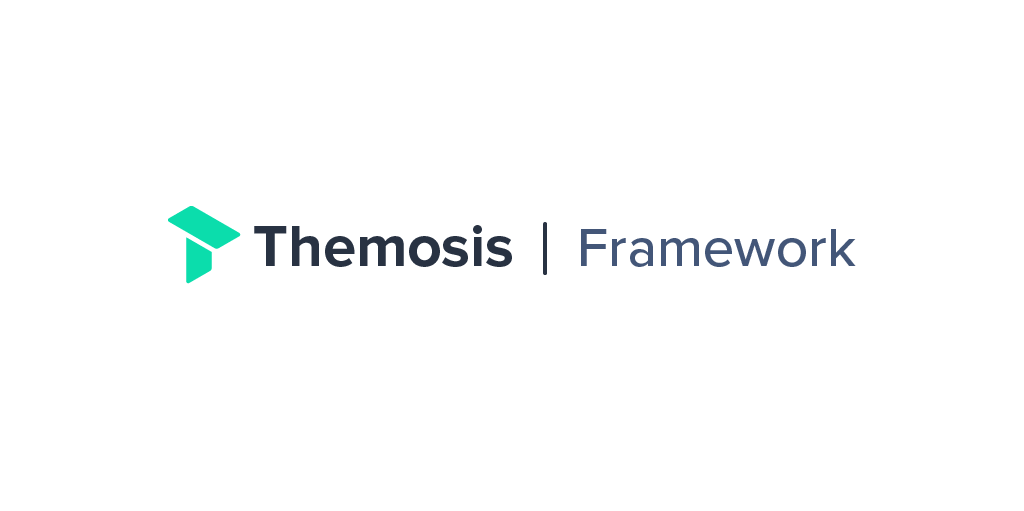
Support services
The Themosis framework has been financially supported thanks to the design and development services provided by the Themosis studio. While development of enterprise solution with WordPress has always been a core service, Themosis has also the mission to provide and build modern tools for the developers working with WordPress.
We currently promote the framework to other digital agencies and offer in-house training to help them migrate their current toolset to the Themosis framework and as such also provide enterprise support. With this in mind, we recently launched an enterprise support service platform for the Themosis framework.
If your enterprise is doing business with WordPress and the Themosis framework, the support service is here to assist you in your own use or implementation of our framework in your projects. Make sure to check our support service at:
I think there are lots of new stuff coming this year with the Themosis framework and I really hope that you will be able to enjoy all of it soon. What do you think of our upcoming plans? Let us know in the comments! 😀
